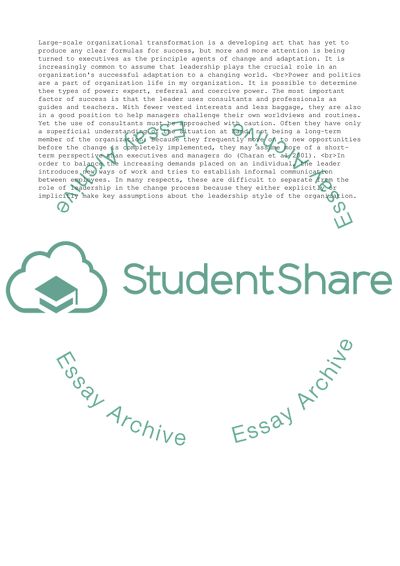Cite this document
(“Leadership Essay Example | Topics and Well Written Essays - 2500 words - 3”, n.d.)
Leadership Essay Example | Topics and Well Written Essays - 2500 words - 3. Retrieved from https://studentshare.org/management/1551751-leadership
Leadership Essay Example | Topics and Well Written Essays - 2500 words - 3. Retrieved from https://studentshare.org/management/1551751-leadership
(Leadership Essay Example | Topics and Well Written Essays - 2500 Words - 3)
Leadership Essay Example | Topics and Well Written Essays - 2500 Words - 3. https://studentshare.org/management/1551751-leadership.
Leadership Essay Example | Topics and Well Written Essays - 2500 Words - 3. https://studentshare.org/management/1551751-leadership.
“Leadership Essay Example | Topics and Well Written Essays - 2500 Words - 3”, n.d. https://studentshare.org/management/1551751-leadership.


